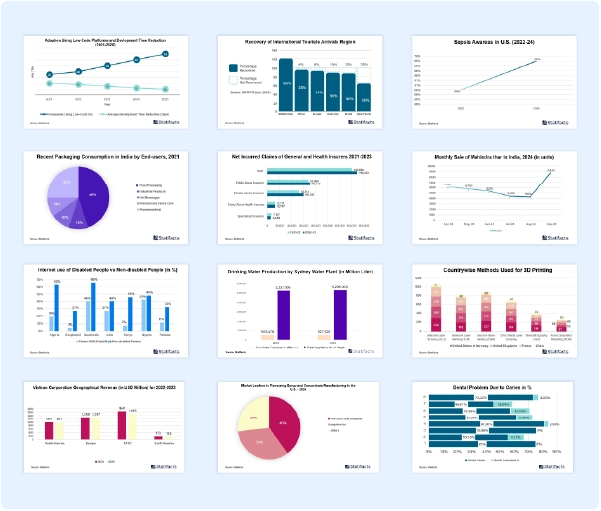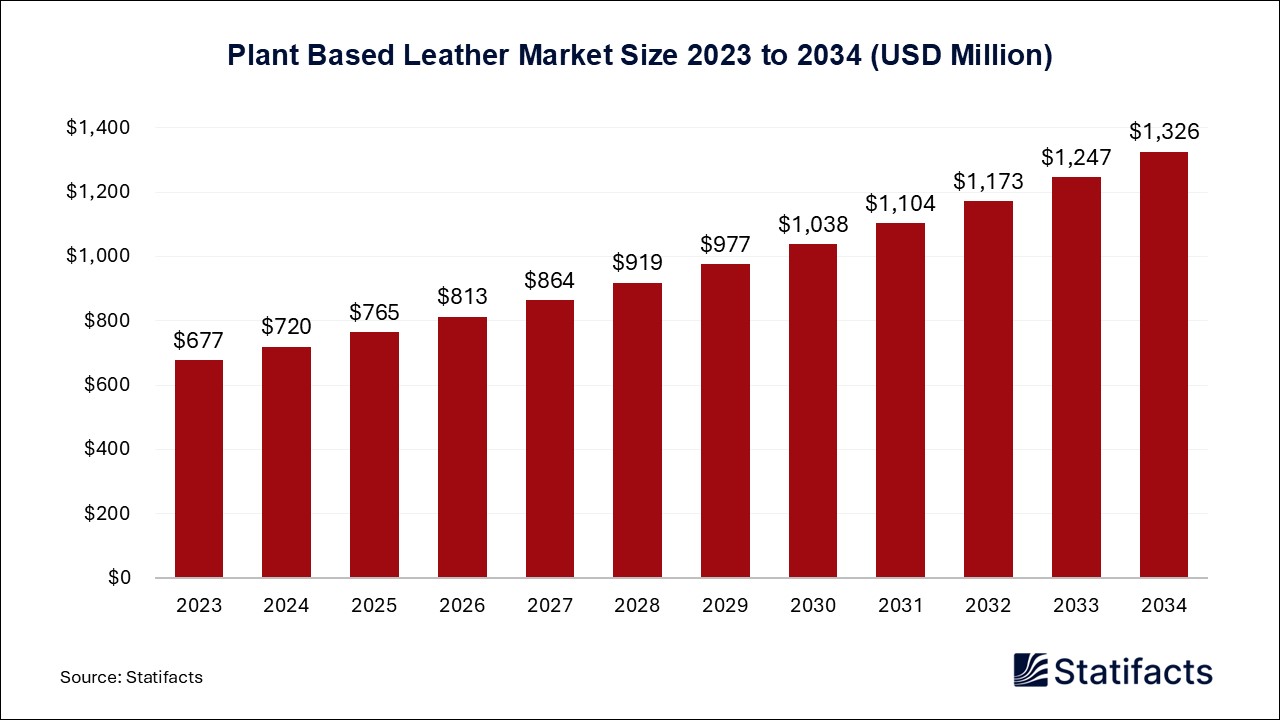

Our customers work more efficiently and benefit from
The global cell counting market size was estimated at USD 9,500 million in 2024 and is projected to be worth around USD 22,080 million by 2034, growing at a CAGR of 8.8% from 2025 to 2034.
| Industry Worth | Details |
| Market Size in 2025 | USD 10,340 Million |
| Market Size by 2034 | USD 22,080 Million |
| Market Growth Rate from 2025 to 2034 | CAGR of 8.8% |
The cell counting market deals with the use and distribution of equipment such as cell counting kits and related products, utilizing techniques for practically numerating cells in life sciences. Cell counting formulae are widely used in pharmaceutical diagnosis and therapeutics. The cell counting industry employs techniques such as flow cytometry and trypan blue cell counting, also known as the trypan blue exclusion assay. This biotechnology has numerous applications in medicine, such as for calculating various blood cell concentrations, changing the dose of cells delivered during different kinds of cell therapy, and gauging the pathogen concentration in blood while treating diseases. In research laboratories, cell counting is crucial for examining the growth rate of microorganisms and adjusting experiment reagent levels in molecular biology.
In the laboratory setting, cell counters are used for calculating the concentration of cells for adjusting molecular biology experiment reagents, examining the growth rate of microorganisms, and calculating the fraction of dead to live cells to measure cell viability. Features vary among different automated cell counters, affecting operating parameters such as sample size, quantity and types of cells analyzed, data management, and ability to differentiate between live and dead cells. Of these parameters, one of the most critical is sample size since it can be difficult to obtain large tissue and cell samples, especially in the clinic. Therefore, most cell counters use small sample volumes and express cell counts as a measure of concentration.
One of the most common uses of cell counters in basic research is in conjunction with cell culture experiments in cellular and molecular biology labs. A typical cell culture experiment may involve treating a specific cell type with various reagents to measure the effects using a reporter molecule that is recognized and counted by the cell counter. Cells from cell lines and dissociated tissue may also need to be sorted by type as well as counted.
Cell counting is harnessed in research as well as run-throughs in medical education. Healthcare providers and researchers are now switching to automated cell counters, an excellent alternative to manual hemocytometer-based cell counters. For the study of cells, automated cell counters utilize software. Automated cell counters can be classified as gleaned from image analysis, flow (flow cytometers), or electrical impedance (Coulter counters). The pharmaceutical industry is assessing and installing new automated solutions to a great extent.
The need and progress of the cell counting market are hurled as a consequence of increasing emphasis on personalized medicine. The objective of personalized medicine is to facilitate customized remedies for specific patients in accordance with their genetic profile, standard of living, and distinctive disease characteristics. Personalized medicine is constantly gaining fame. The advanced cell-counting technologies are thus the most sought after as they can deal with modified treatment methods filled with twists and turns. For in-depth cellular depiction, automated cell counters use their imaging and analysis proficiencies to deliver accuracy and utility. The cell-counting mechanisms, in fusion with personalized medicine, heighten the throughput of analytical procedures and provide for the development of patient-specific medicinal contributions.
There is a shift from manual to automated cell counting systems, such as flow cytometry and image-based cell counting systems. Incorporation and implementation of innovative technologies are transforming the way the cell counting market works as new modules and tools are being originated. The image-based cell counters are one of the latest improvements in the cell counting processes, which provides unremitting development of image analysis algorithms and machine learning. The automated studying of images aids in noticing the structures that a human eye may miss.
The integration of AI with the cell counting market has resulted in fewer manual errors and an advanced degree of correctness and proficiency in the counting process in comparison with physical counting. One such method is AI-enabled microscope-based cell counting. This method employs artificial intelligence algorithms for automation and for strengthening the precision and swiftness of cell counting. AI-curated cell counting helps in making a distinction amid target cells and infecting species or remains, thus offering supplementary information with reference to dead cells or the ones that go through mitosis.
A company from the University of Warwick, Histofy, has developed a tool named MitPro to seamlessly describe mitosis right through the whole tumor sample. MitPro can count the splitting cells more correctly, supporting the indication of cancer grade which eventually leads to improved patient remedy.
The advanced technologies are not necessarily available in the developing regions. The developing zones face a lot of restrictions as the healthcare infrastructure is insufficient. The advanced equipment is costlier than ever, and the scientific know-how is inadequate. These restrictions negatively impact the adoption of completely automated cell counting devices worldwide. There is an urgent need for investment and policy involvement in underprivileged regions as the methods applied are, in most of these locations, generally manual or outdated. The expansion of the cell counting market can also be hindered because of the incompetence of modest laboratories or research associations to arrange for the far above the ground cost of cell-counting tools.
The governments and enterprises are greatly investing in the healthcare sector. Hefty investments have permitted hospitals, educational institutions, research institutes, and other medical facilities to grab their hands on the state-of-the-art cell-counting equipment. Clinical diagnostics are demanding cell counting devices vastly. Cutting-edge systems have diverse applications in domains such as hematology, oncology, and infectious disease monitoring, where the exact breakdown of cellular samples is crucial. The healthcare providers are taking much more interest in automation, thus opening doors for the cell counting market to move further.
For any questions about this dataset or to discuss customization options, please write to us at sales@statifacts.com
| Stats ID: | 8174 |
| Format: | Databook |
| Published: | April 2025 |
| Delivery: | Immediate |
| Price | US$ 1550 |

| Stats ID: | 8174 |
| Format: | Databook |
| Published: | April 2025 |
| Delivery: | Immediate |
| Price | US$ 1550 |

You will receive an email from our Business Development Manager. Please be sure to check your SPAM/JUNK folder too.

Unlock unlimited access to all exclusive market research reports, empowering your business.
Get industry insights at the most affordable plan
Stay ahead of the competition with comprehensive, actionable intelligence at your fingertips!
Learn More Download
Download

